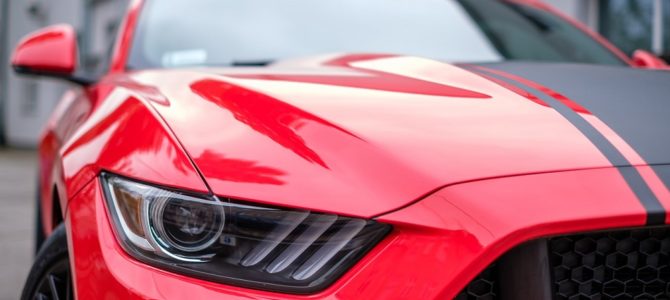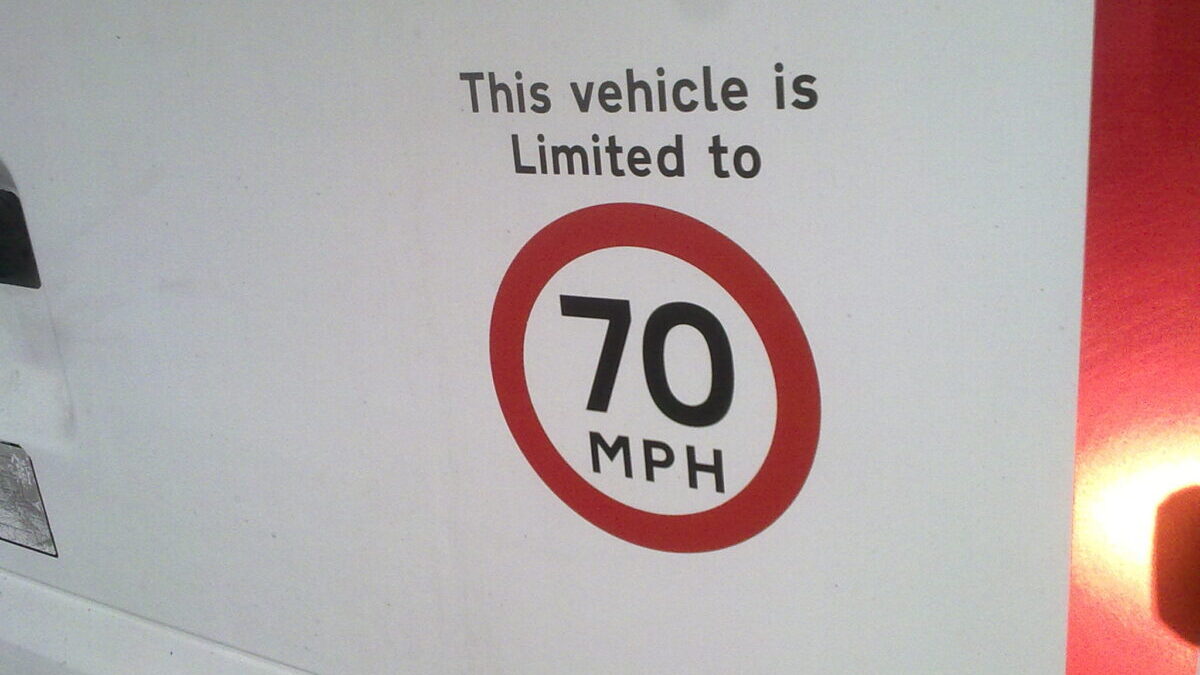
Here in the United States, we women hop into our cars every day and go about our businesses without thinking how extraordinary it is that we get to go wherever we want when we want. Driving seems to us as natural and as necessary as breathing.
But for women in Saudi Arabia, something we take for granted was a fantasy for several decades. Brave Saudi women were arrested simply for trying to take themselves to places behind the wheel. That all changed on June 24, the first day the 97 percent Muslim country officially lifted its ban on women driving, thanks to Crown Prince Mohammed bin Salman’s push to modernize some aspects of Saudi society.
There are about 15 million women in Saudi Arabia, so car dealers sensed a new business opportunity. They stocked up their showrooms with “cute” vehicles they thought would attract female buyers, smaller cars with small engines such as the VW Beetle, Mini Cooper, mini-SUVs, and sedans in bright colors.
It turned out these car dealers didn’t understand female customers at all. We probably shouldn’t blame them, since they likely never served any women buyers before. They discovered that many Saudi women don’t want small cars with small engines. Rather, they want big cars with high horsepower and loud speakers.
The Wall Street Journal profiled several Saudi women who got themselves serious muscle cars. My favorite is Sahar Nasief, an activist and true feminist who has fought for Saudi women’s right to drive for decades. She learned how to drive when she was a student in the United States, and her dream car has always been a Mustang.
Nowadays the 64-year-old is often seen behind the wheel of a yellow and black Mustang convertible, “with the top down despite sweltering heat, giving rides to various groups of her 16 grandchildren.” Nasief means business when she drives. She “keeps one hand on the steering wheel and the other on the horn, blasting male drivers who fail to use turn signals or who talk on a cell phone while behind the wheel, both common sins on Saudi roads.”
Why do Saudi women prefer muscle cars? As someone from another tyrannical regime, I think I know the answer. When I was growing up in China, if I wanted to go somewhere, my transportation choices were limited to either a bicycle or a bus. Peddling a bicycle might be faster than walking, but I couldn’t go very far.
Riding a bicycle was a weather-dependent activity. It was never fun to do in rain or snow. Buses shielded me from bad weather, but they offered very limited schedules and limited destinations. Where I could go and when were determined by the same government bureaucrats who decided how much I could eat through food rations.
Also, while riding Chinese buses I had to squeeze into a confined space with many strangers, traveling like a sardine. The few cars on the road carried only government officials. Back then, cars represented power, prestige, the enviable ability to choose, and a dream beyond reach for the masses.
Shortly after I arrived in America, I bought the cheapest car I could afford, a 1984 Ford Escort Pony. Its AC was broken and the fabric that covered the back seat ceiling had started to peel off. But it was my most treasured possession. When I got into my little Pony, I could go anywhere I wanted, whenever I wanted. In the United States, no one else will ever set my schedule nor limit where I can go. That’s freedom. There is nothing like a car to give one the ultimate satisfaction of freedom.
Since my freedom had been suppressed for a long time and suddenly I was set free, I wanted to make a bold statement to let the world know. After I started working in Colorado, I traded my little Pony for a 1998 black Ford Mustang, a rear-wheel-drive with V-8 engine and 225 horsepower. It was a cool car and a lot of fun to drive. It roared loudly like a lion when I started the engine and pushed the gas pedal.
I felt liberated whenever I was behind the wheel. Yes, it didn’t get great gas mileage. Also, given Colorado’s long and harsh winter, it was a totally impractical choice because it had a hard time navigating snow. But I didn’t care. I wanted a statement piece. I wanted the world to know I am free and in full control of my own destiny. A cute little car with a much quieter engine just wouldn’t do.
Muscle cars are a piece of Americana. They are the cowboys of the car world: daring and uncompromising. Only in the land of the free can muscle cars be built. Look at the cars made in the former Soviet Union, East Germany, and China under Mao. They were just steel boxes on wheels. They were barely functional, cold, ugly, uncomfortable, and sad-looking. They represented a waste of metal.
Today, cars made in Germany, Japan, and South Korea have better gas mileage and are more comfortable, but they are boring and don’t have the kind of character a made-in-the-USA muscle car has. We’ve seen a similar effect in the United States thanks to federal regulations prioritizing fuel efficiency that limit size and design possibilities. After a long suppression, however, Saudi women are looking for a bold and loud statement piece like I was. They want their cars to scream freedom. That’s why they flock to made-in-the-USA muscle cars.
While we should cheer Saudi Arabia’s progress for lifting the women’s driving ban, we should not forget that Saudi women are still subject to much sex-based oppression. Saudi Arabia practices Wahhabism, a strict form of Sunni Islam, which is known for its sex-segregation rules.
Therefore, Saudi women still have to “adhere to strict dress codes, must not associate with unrelated men, and if they want to travel, work or access healthcare they must be accompanied by – or receive written permission from – a male guardian.” To be completely free, Saudi women still have a long way to go. But there is no denying that being able to drive a muscle car is one step to down the road to freedom.









